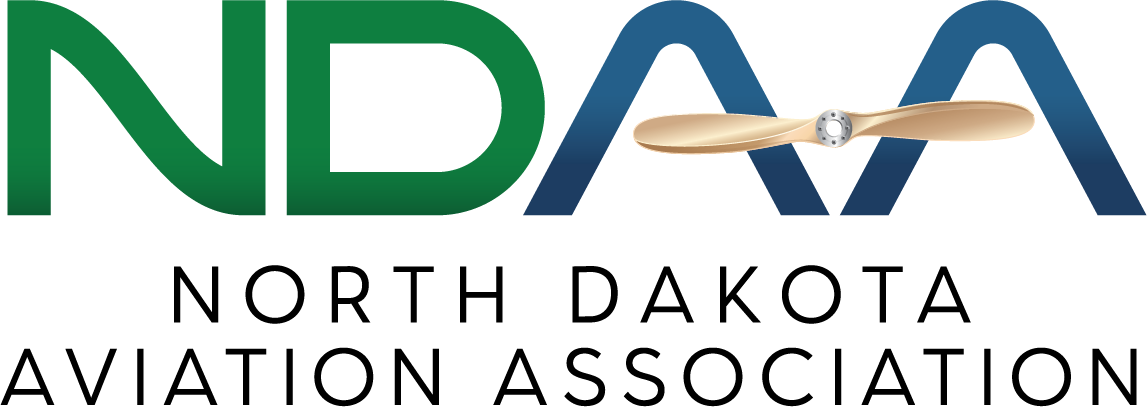Many challenges within the aviation industry have presented themselves over the last few months. Most of the vocalized concerns that we have heard within both the public and private sectors are tied to rising project and operational costs, as well as continued difficulties in hiring and retaining a qualified workforce. These impacts are being felt throughout the airline industry, General Aviation, and airport construction sectors.
The airline industry has come a long way, since the beginning stages of COVID-19 led to a 95% drop in passenger traffic in April of 2020. Now, many of our commercial airports are within reach of a full recovery in pre-pandemic passenger demand; however, new challenges have emerged. The airlines are currently citing inability to add additional flights into the system, due to the pilot and staff shortages that are currently plaguing the industry. Additionally, increased operational costs are resulting in higher fares for the traveling public. These new realities present headwinds for retaining and attracting new air service opportunities, which hurts the overall health of an industry that is now coping with rising break-even costs. In order to once again see sustainable passenger growth above pre-pandemic levels, additional flights or larger aircraft with additional seats will need to be added into North Dakota’s system. Furthermore, systematic workforce needs must be addressed and energy costs will need to improve and stabilize.
General Aviation activity throughout the country has also been greatly impacted by both the rising costs of fuel and the current prices of purchasing or upgrading aircraft. In conversations with aircraft operators, I have heard many concerns regarding fuel prices and the large role that those rising costs have had on their flight decisions.
The airport construction sector has also been experiencing inflationary and supply chain issues, which have substantially driven up costs. These challenges have been taking a toll on infrastructure projects as decision makers throughout the country are postponing projects, scaling back others, and reprioritizing needs. Specifically, airport project costs throughout the state of North Dakota have recently averaged 17% higher than expected, when comparisons are made to pre-bid engineering estimates. Contractors have also vocalized concerns regarding the unknown future prices of materials and the escalating energy costs that are being experienced. Acquiring new snow removal and aircraft rescue and fire fighting equipment has also become increasingly difficult, as most airport deliveries are currently projected to be out 18-24 months.
A robust national energy policy, strong efforts to contain inflationary pressures, a reduction of regulatory burdens, and a lowering of barriers to entry for the workforce, are all areas that would have immediate and positive impacts for the aviation industry. These issues are being continually discussed at the national level and will need to be addressed as soon as possible, to alleviate the concerns that many of us within the industry have been vocalizing.
Fortunately, good pre-planning was able to position most of our airport projects in North Dakota to be bid early in the construction season. This allowed for a greater opportunity to receive competitive prices and provided more time for contractors to secure supplies. The North Dakota Aeronautics Commission is also currently in a financially sound position, which has allowed airports to secure state grants to help fill in funding gaps where appropriate. These efforts have resulted in the ability for most of our high priority airport projects that were planned in the upcoming construction season to be able to proceed. Our office will continue to engage with airport management and community leaders to readjust and plan for 2023 and beyond.
Overall, North Dakota has done a tremendous job over the years to maintain, develop, and enhance our airport system which now allows us to help address the current challenges from a position of strength. Our priority is to work to ensure that a positive business environment exists so that the aviation industry can grow and prosper to the direct benefit of our communities and to the flying public.
When we fly, we can’t direct the wind, but we can reroute our flight plan and adjust the aircraft controls. Challenging moments help to bring people together while also creating opportunities for positive changes to occur. I encourage all of us to positively build up our communities and to work towards making decisions that will improve the standard of living for current and future generations.
If you have any concerns or ideas to help improve and grow aviation within your community, we would love to hear from you. I also hope that you and your family are able to enjoy the summer weather and discover opportunities to create exciting new memories in the field of aviation.
 Wishing you smooth flying,
Wishing you smooth flying,
Kyle
